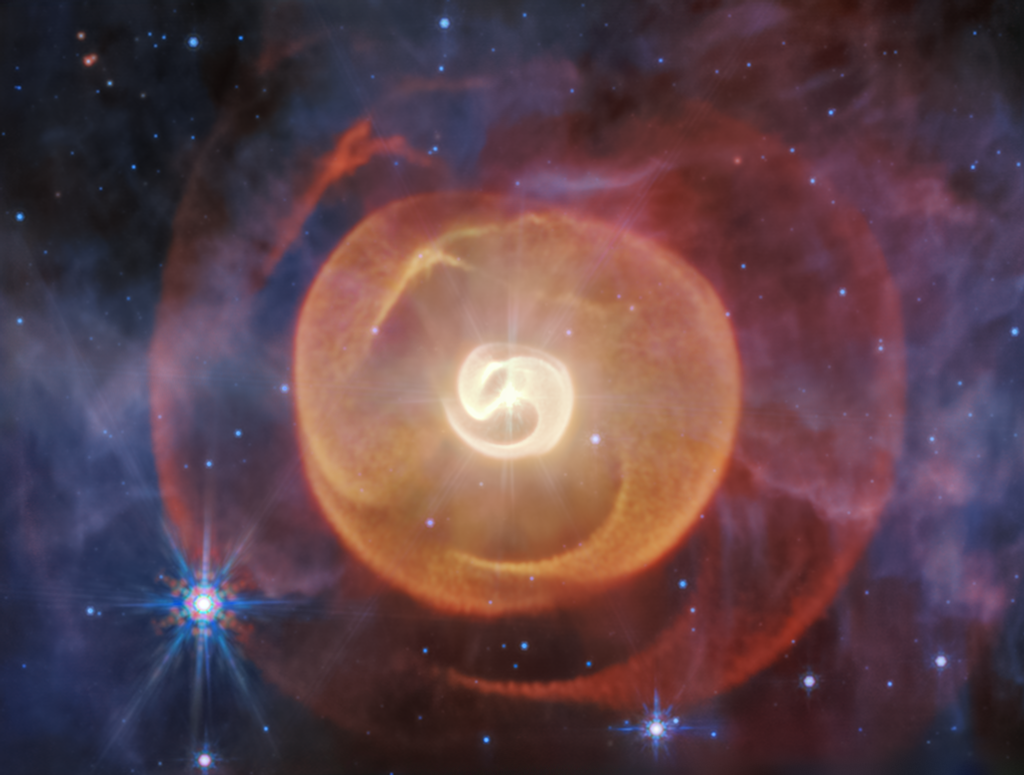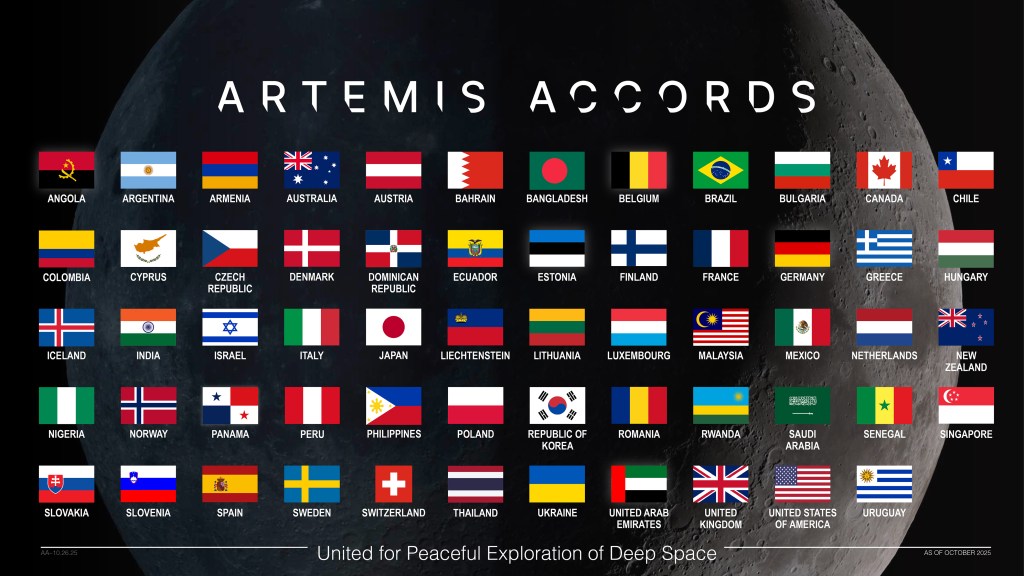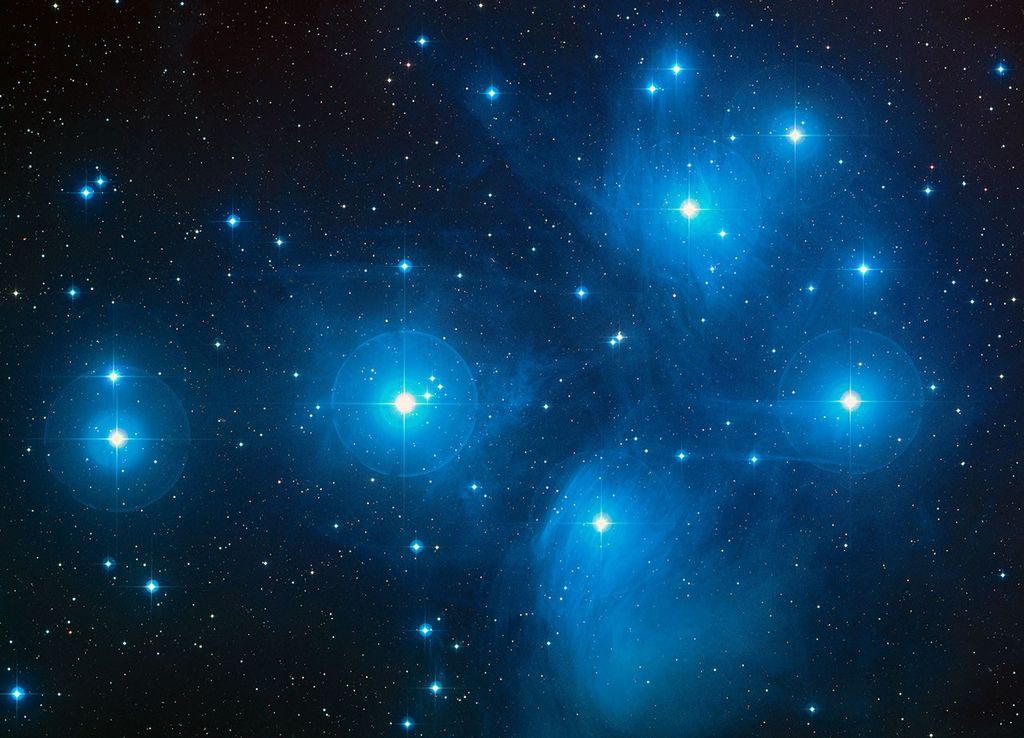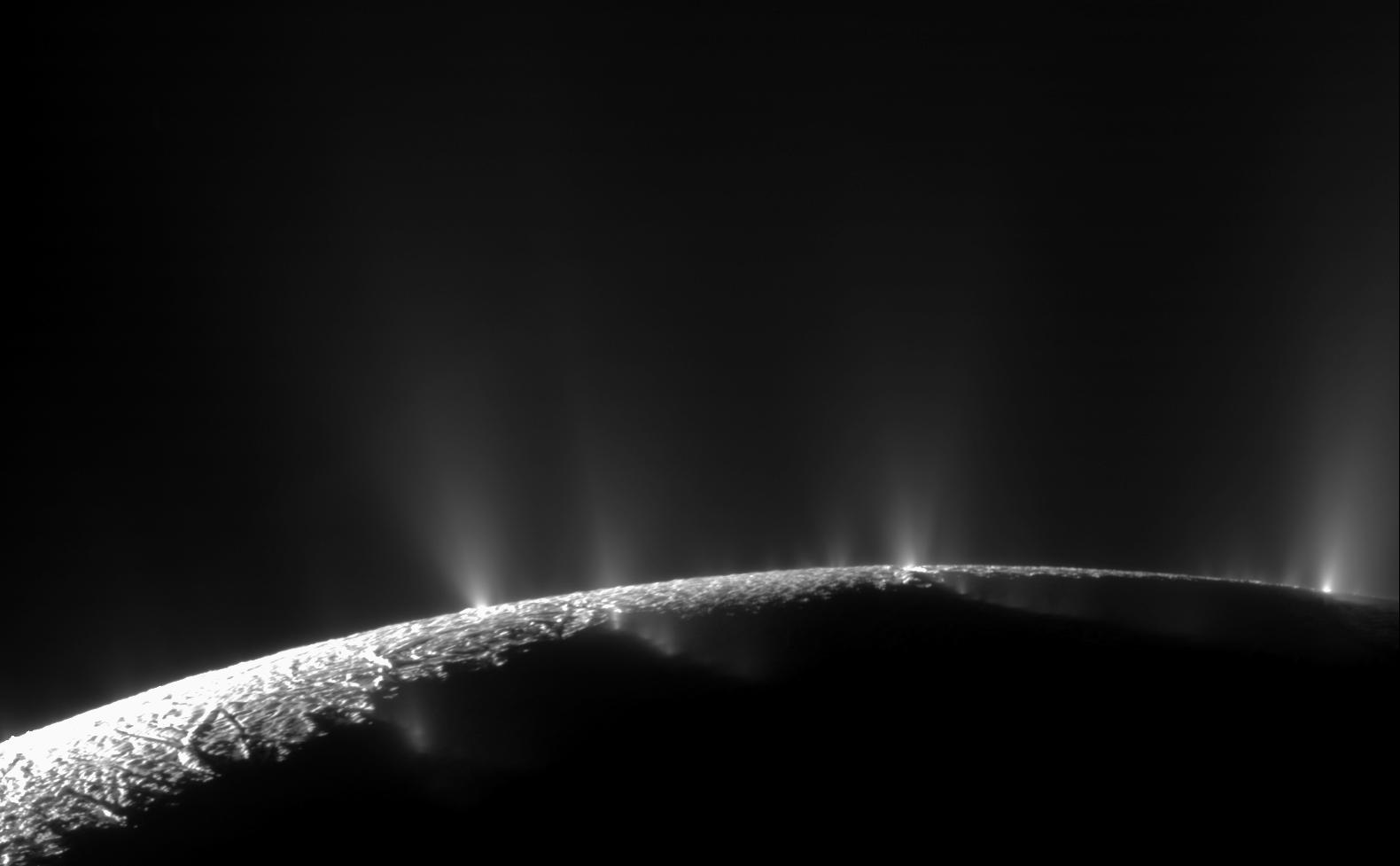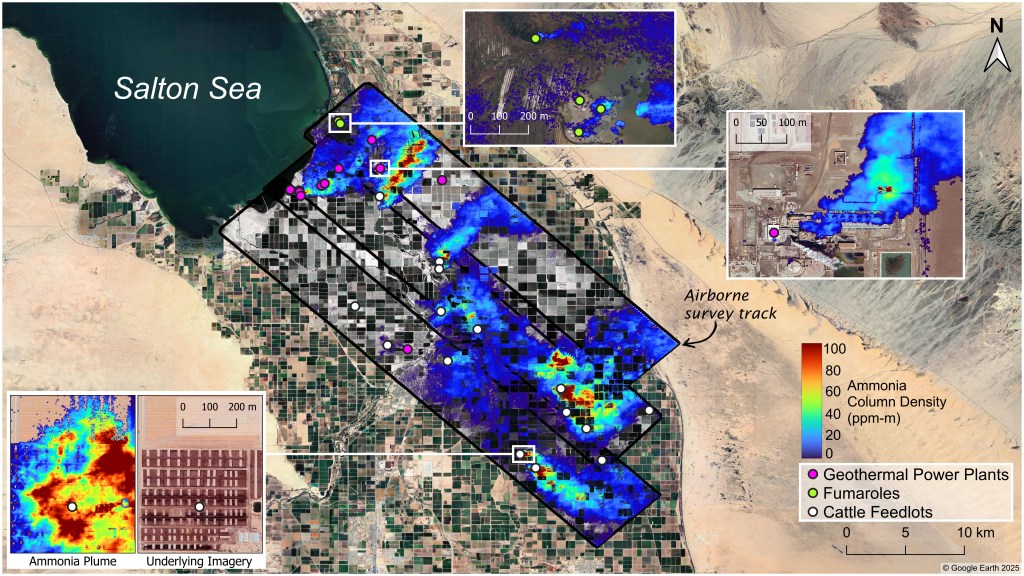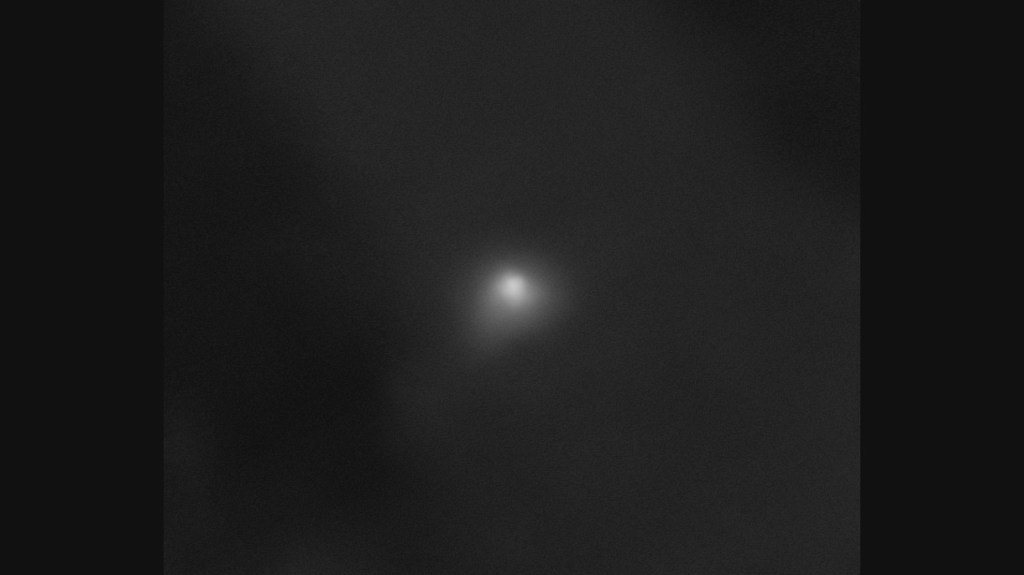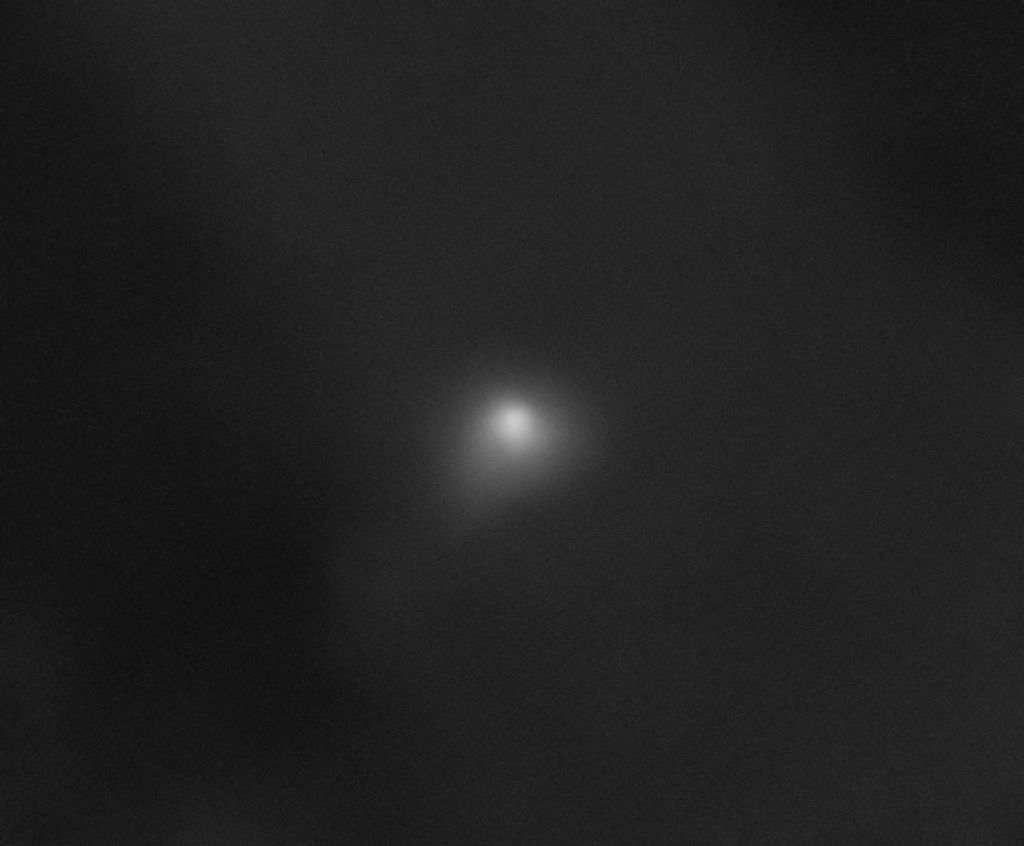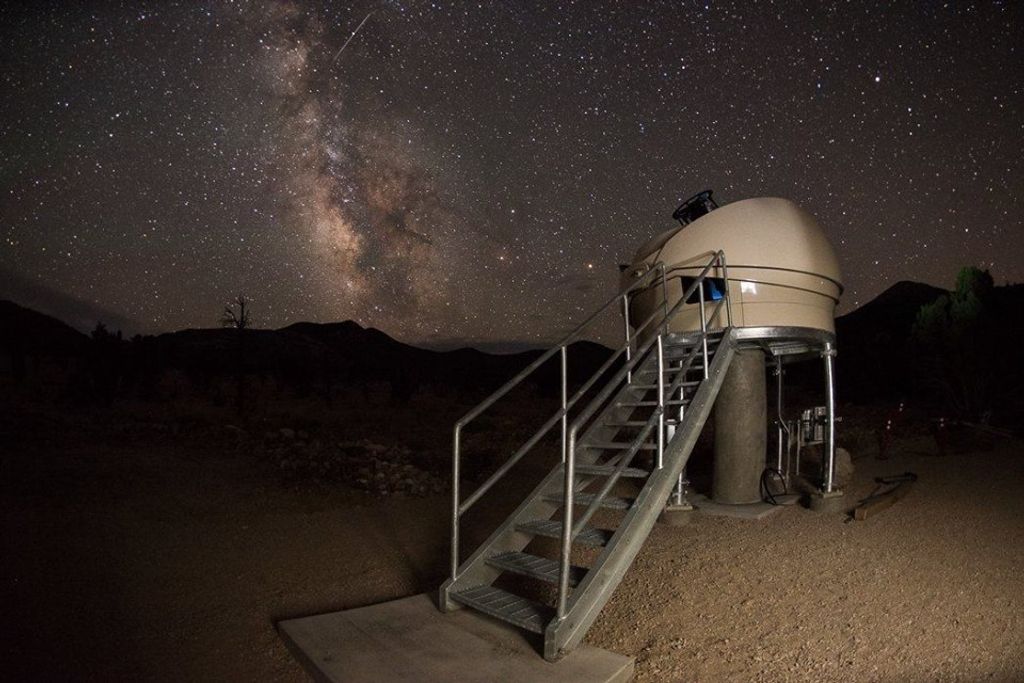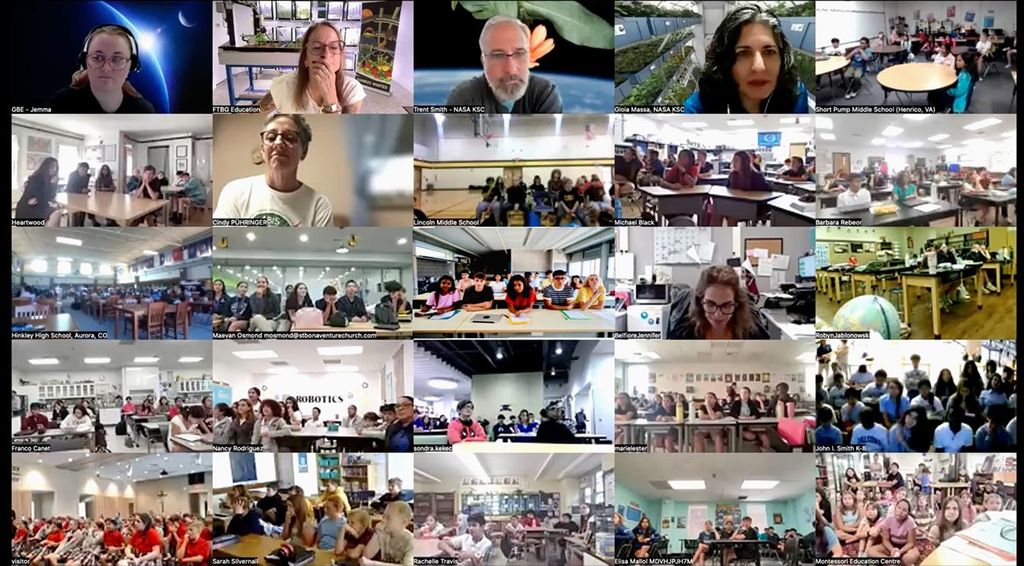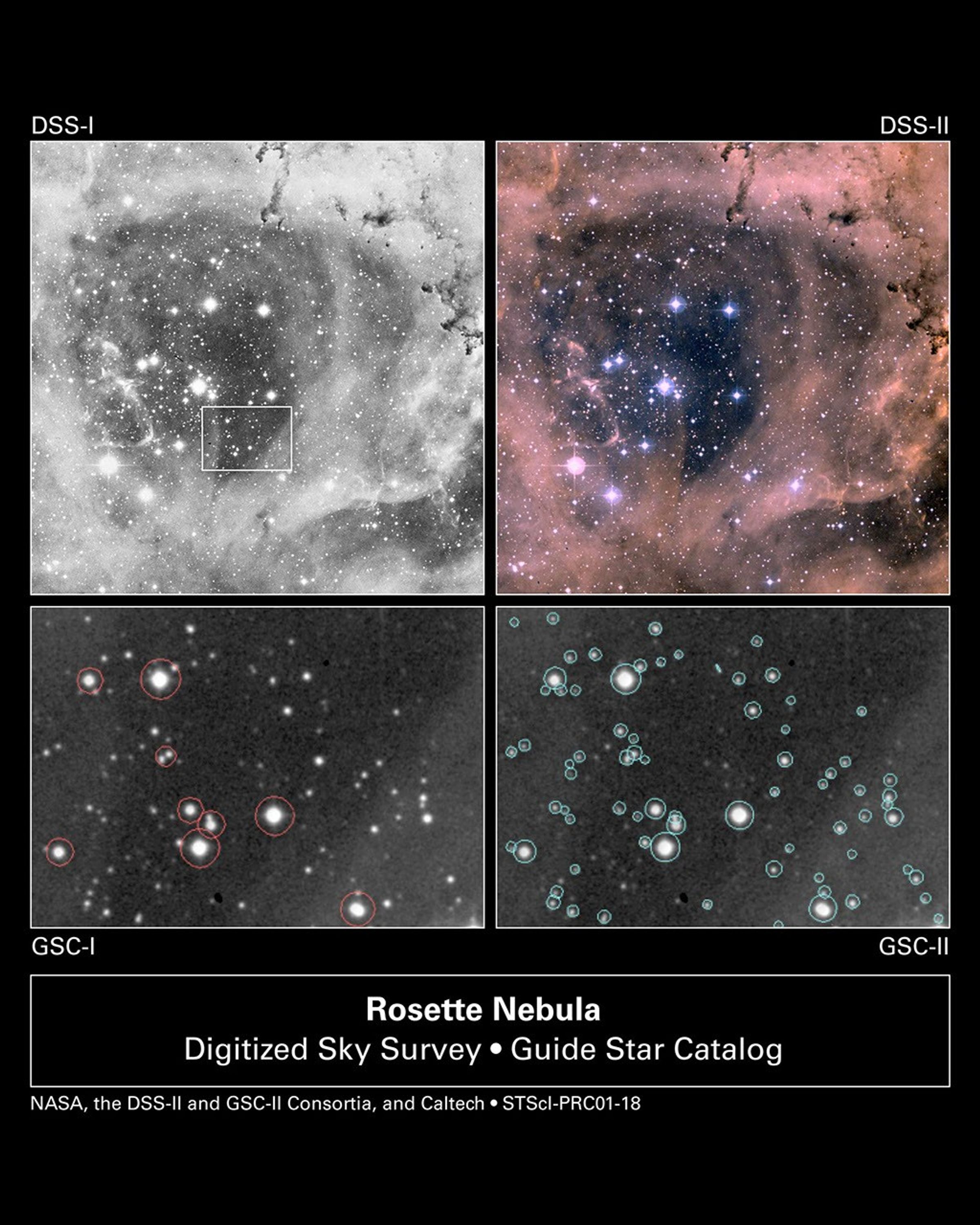It's a very big universe out there, and an astronomer's work is never done when it comes to simply counting and cataloging the sheer number of stars in the heavens.
Completing a seven-year effort at digitizing and analyzing the entire sky for a second time, astronomers at the Space Telescope Science Institute (STScI) in Baltimore, MD, and the Osservatorio Astronomico di Torino, in Italy are releasing the Guide Star Catalog II (GSC-II). It replaces its historic 1989 predecessor catalog by providing color, positional, and brightness information on nearly one-half billion stars - over 20 times as many as the original Guide Star Catalog.
The catalog is being announced today to astronomers attending the American Astronomical Society meeting in Pasadena, CA.
The new catalog provides a census of every star in the heavens with luminosities down to the 19th magnitude, while the previous catalog only went to the 15th magnitude. (The human eye can see to the sixth magnitude. The very faintest objects ever seen are at 30th magnitude.)
For the first time, the catalog is in living color. It is assembled from exposures of the sky taken at blue and red wavelengths, which provides an invaluable new dimension of stellar information.
The GSC-II will serve as a bigger and better "roadmap" for NASA's Hubble Space Telescope to use when aiming its Space Telescope Imaging Spectrograph, which can only look at very faint objects (below the 18th magnitude). Pairs of guide stars are used as reference points on the sky for the telescope to lock onto for stability during observations, like putting two nails in the wall to hang a picture.
Giant ground-based telescopes, such as the European Southern Observatory's Very Large Telescope and the International Gemini Observatory, will also use the guide stars. The GSC-II is especially useful for those observations using adaptive optics that employ deformable mirrors to take the "twinkle" out of starlight, thereby sharpening stellar images. Flanking "reference stars" near celestial targets are needed to calibrate some adaptive optics systems.
An important spin-off is that the catalog is an invaluable reference for amateur and professional astronomers to plot sky charts, search for variable stars, execute stellar population studies, and perform multi-object spectroscopy, among many other research applications.
The first guide star catalog was completed in 1989, just a year before the Hubble telescope's launch. The original catalog took eight years to build by scanning and digitizing 1,400 photographic plates of the sky. The new catalog required digitizing another 4,400 plates (for three colors: blue, red, and near infrared) on customized ultra-precise scanning equipment designed and upgraded at STScI. Each pixel in a digitized image corresponds to one arc-second on the sky, or 1/3200 the width of the full Moon. The resulting database consists of 8 terabytes of images of almost one billion stars and galaxies, from which the GSC-II is constructed.
To build the new catalog, the entire sky was re-photographed on large, glass photographic plates with the Schmidt telescopes at the California Institute of Technology's Palomar Observatory in the Northern Hemisphere and the Anglo-Australian Observatory in the Southern Hemisphere. Each plate covers an area of sky about the size of the Big Dipper's bowl.
The consortium's work is not done. They next plan to double the number of objects by extending the magnitude limit to around 20th as well as add information about stellar motions (called proper motion) to the huge stellar inventory. This next release will be available in the summer of 2002.
The GSC-II catalog and raw sky survey scans, called the Digitized Sky Survey (DSS), are available on the Internet at http://archive.stsci.edu/mast.html.
The GSC-II consortium is dedicating the catalog to the memory of Dr. Barry M. Lasker, who passed away in February 1999. Dr. Lasker, one of the founders of the STScI, was directly responsible for the vision that led to the creation of the DSS and GSC projects that have greatly influenced and benefited modern observational astronomy.
The Guide Star Catalog-II is a joint project of the Space Telescope Science Institute and the Osservatorio Astronomico di Torino. The participation of the Osservatorio Astronomico di Torino was supported by the Italian Council for Research in Astronomy. Additional support was provided by the European Southern Observatory, the Space Telescope European Coordinating Facility, the International Gemini project, and the European Space Agency Astrophysics Division.

